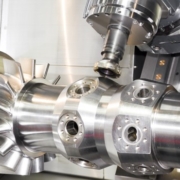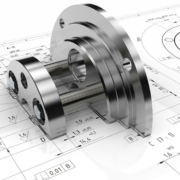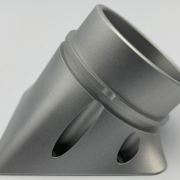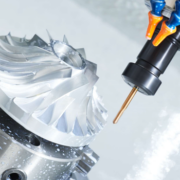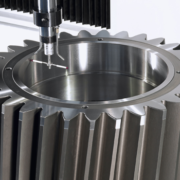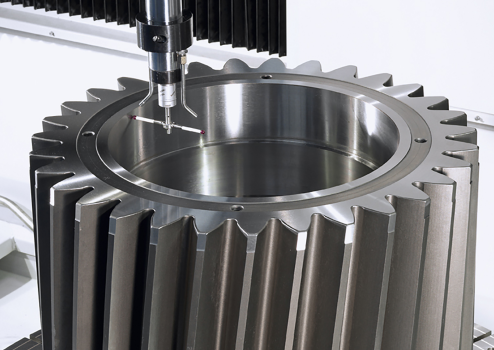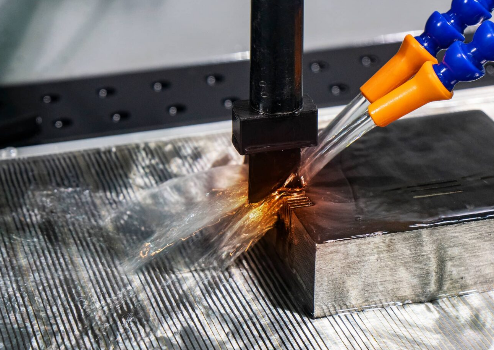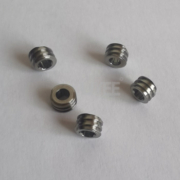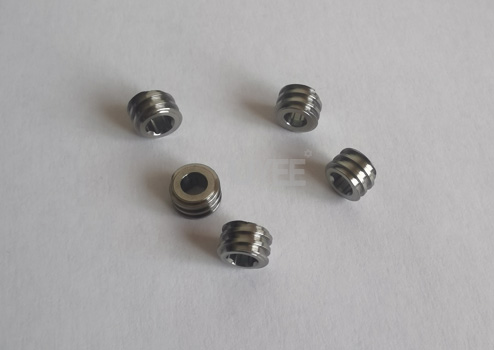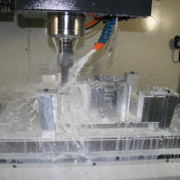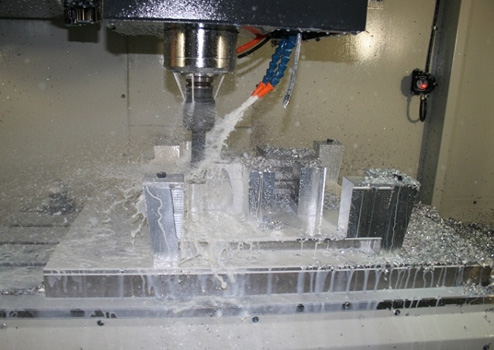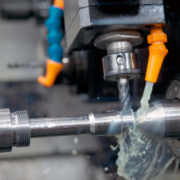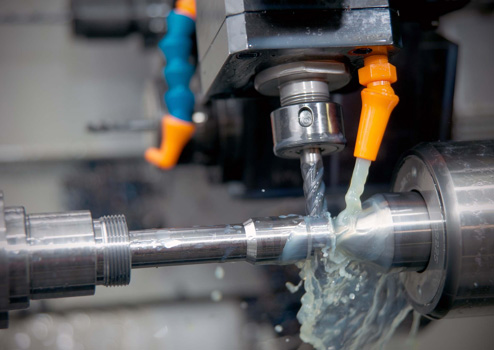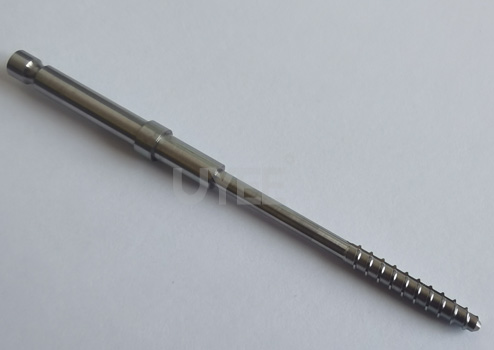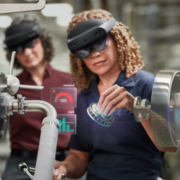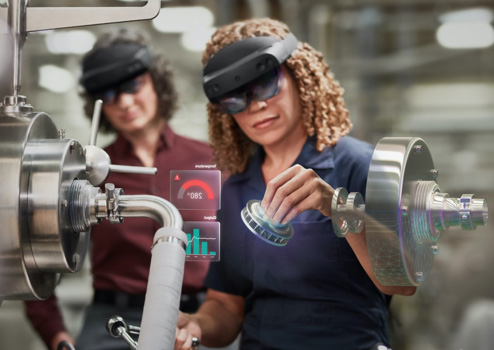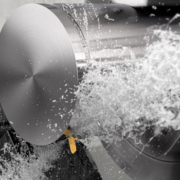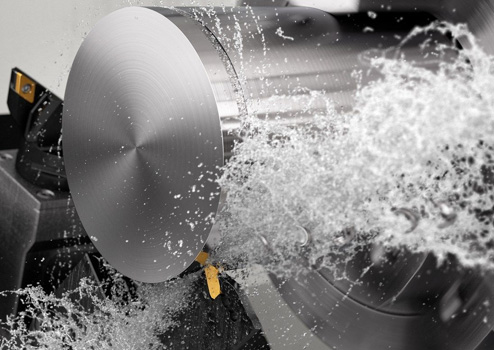CNC Machining Outsourcing: The Comprehensive Guide You Need to Know
CNC machines are sophisticated and high-tech devices that can rapidly enhance the quality and process of your parts production. CNC machining outsourcing is a cost-effective solution that can revolutionize your production process. Product designers who outsource their machined parts benefit from advanced technology, custom machining solutions, and the avoidance of costly investments in equipment and training, regardless of whether they are in the prototyping or production phase.
What does it mean to outsource CNC machining?
The process of outsourcing CNC machining entails the collaboration with an external, specialized CNC shop to execute precision machining operations using CNC tools and machinery. The precision and strict tolerances of components manufactured through CNC machining are exceptional. Cost-effective components can be obtained without any in-house investment by outsourcing your CNC machining processes. This strategic approach guarantees the production of a variety of CNC parts with advanced capabilities, precise tolerances, and cost efficiency, thereby eliminating the necessity for substantial in-house investment.
Key Challenges in Outsourcing CNC Machining
While outsourcing CNC machining may offer numerous benefits, it also has its drawbacks. Outsourcing poses innumerable obstacles, including the loss of partial control over the process and the escalation of logistics and shipping costs.
Some of the most significant obstacles include:
- It can be difficult to guarantee that the outsourced components adhere to your quality standards.
- Miscommunications may arise as a result of language barriers, cultural differences, or time zone discrepancies when collaborating with international providers.
- The preservation of intellectual property is jeopardized by the sharing of sensitive designs or proprietary information with external partners.
- Outsourcing may prove to be less cost-effective than initially envisaged due to unforeseen expenses, including setup fees, shipping, and import duties.
The advantages of outsourcing CNC machining are as follows:
CNC machines are sophisticated and high-tech devices that can rapidly enhance the quality and process of your parts production. Here are the key advantages:
Enhancement of Production
Professional machining service providers frequently possess high-precision equipment that is capable of accommodating intricate designs and close tolerances. These devices are advantageous for the production of identical designs on an ongoing basis.
Therefore, outsourcing these requirements can result in cost savings, time savings, and labor savings, as opposed to purchasing tooling on an ongoing basis.
Experience and Proficiency
The capabilities of an in-house CNC machining system may be restricted, particularly when dealing with novel products. In order to increase production, it will be necessary to acquire supplementary apparatus to meet your requirements. Their expertise guarantees that your components are produced to precise specifications, thereby enhancing the quality of the product and minimizing the occurrence of errors.
A CNC machining service providers operate a specialized manufacturing company that possesses a wide range of CNC machining equipment. Additionally, the diversity is not restricted to the quantity of devices. In addition to providing a variety of file formats and materials, they also manage secondary procedures, including heat treatment and anodizing.
Access to a worldwide network
Outsourcing enables organizations to collaborate with providers worldwide, thereby guaranteeing competitive pricing and access to specialized capabilities that may not be accessible locally. For instance, if you are developing custom parts with high-volume manufacturing, you may require a CNC machining provider that provides outsourced production management services, including inventory control and scheduling. Industry expertise is available in fields such as aerospace machining and medical device fabrication.
Minimum Investment
Companies can decrease operational expenses, such as those associated with labor, equipment maintenance, and facilities, through outsourcing. Businesses can reduce production costs by utilizing economies of scale, which are available to service providers. CNC machining outsourcing is a cost-effective solution, as it allows you to pay service providers to utilize their CNC machinery and equipment to produce the desired CNC products, rather than investing in costly machinery. This alleviates the burden of increased upfront expenses and enables the efficient allocation of capital to other business operations.
Concentration on the core business
There is an opportunity cost associated with dedicating a portion of your workday to operating a CNC milling machine rather than developing or perfecting innovative designs if you are a product designer or engineer. Businesses can concentrate on their primary competencies, including product development, marketing, and customer relations, by outsourcing machining tasks to external providers. By outsourcing work to a machining service provider, you can concentrate on your primary competencies, thereby increasing your profitability. They focus on the prototyping or production process, while you concentrate on your strengths.
Nevertheless, opportunity cost encompasses more than just the potential loss of profit; it also includes the possible reduction in innovation and efficiency. The development of new products or enhancements to existing ones may be jeopardized if you shift your attention away from your core competencies.
Key Factors to Consider When Outsourcing CNC Machining
Begin by conducting an assessment of your CNC machining requirements in anticipation of outsourcing. Here are the critical factors to consider.
Accessibility and Transparency
A partnership that can either make or destroy your business is established when selecting a CNC machining provider. In addition, a genuine associate is forthcoming regarding their involvement in your business and their contributions to your success. It is recommended that you collaborate with a provider that provides a variety of channels for convenient access and responds promptly to your inquiries. Furthermore, it is imperative to collaborate with a machining company that prioritizes quality, provides prototype tooling and manufacturing services, and gives special attention to your products as a customer-focused organization. You will always be aware of your position.
Good Work Record
High-end machining is a worthwhile investment. You may be willing to pay a reasonable price for high-quality services; however, you must conduct thorough research to ascertain whether a particular provider is worth the fee. Any machining company that has been in business for a number of years and has provided services to a variety of companies can accommodate all of your machining requirements. In the long term, the completion of assignments can prevent unnecessary headaches and time waste.
This can be accomplished by reviewing their prior accomplishments. Begin by inquiring about the shop’s history. A machining business that has been in operation for decades and has provided services to a variety of companies should be capable of meeting your needs. Additionally, it is recommended that you examine their functionality. Do they provide prompt delivery? Additionally, evaluate the financial stability and health of the machining provider.
Expandability
Outsourcing provides the ability to adjust production levels in accordance with demand. Outsourcing partners can adapt production volumes to meet your requirements, whether you require a single prototype or thousands of units. In addition, the outsourcing method for CNC machining can enable the implementation of inventory management strategies, including just-in-time (JIT), which reduces the cost of inventory storage by optimizing production and materials.
CNC machining outsourcing can be a game-changer for businesses that are seeking to access advanced capabilities, increase production efficiency, and reduce costs. Nevertheless, it necessitates meticulous planning and due diligence to surmount obstacles such as IP protection, logistics, and quality control. As we manage a variety of initiatives of any size, we are dedicated to guaranteeing customer satisfaction, innovation, and excellence. You can rely on us to provide industrial machining solutions that are tailored to the specific needs of your project. Our seasoned team of professionals utilizes our modern CNC facilities and extensive experience to meet the evolving requirements of a global clientele.

